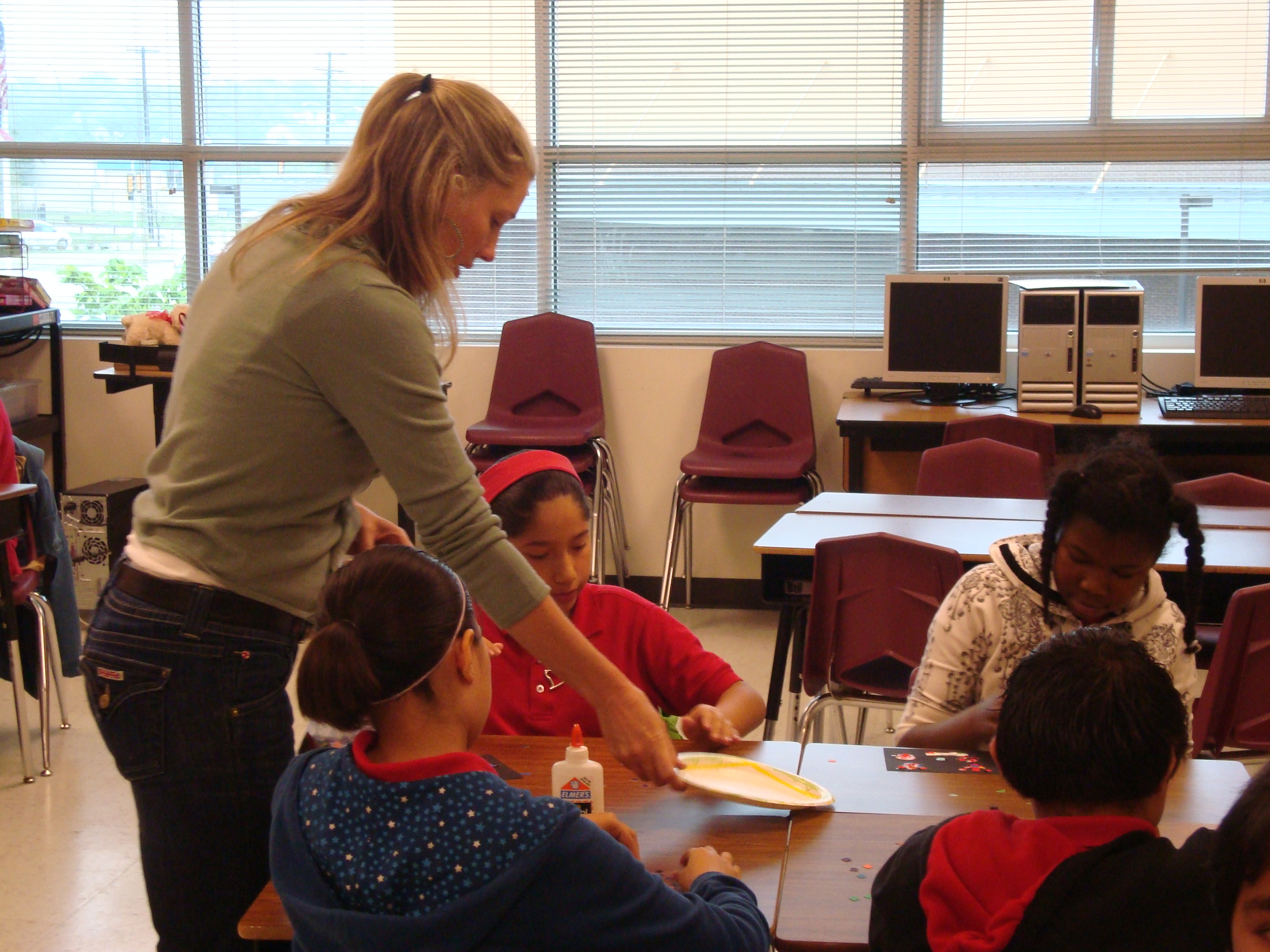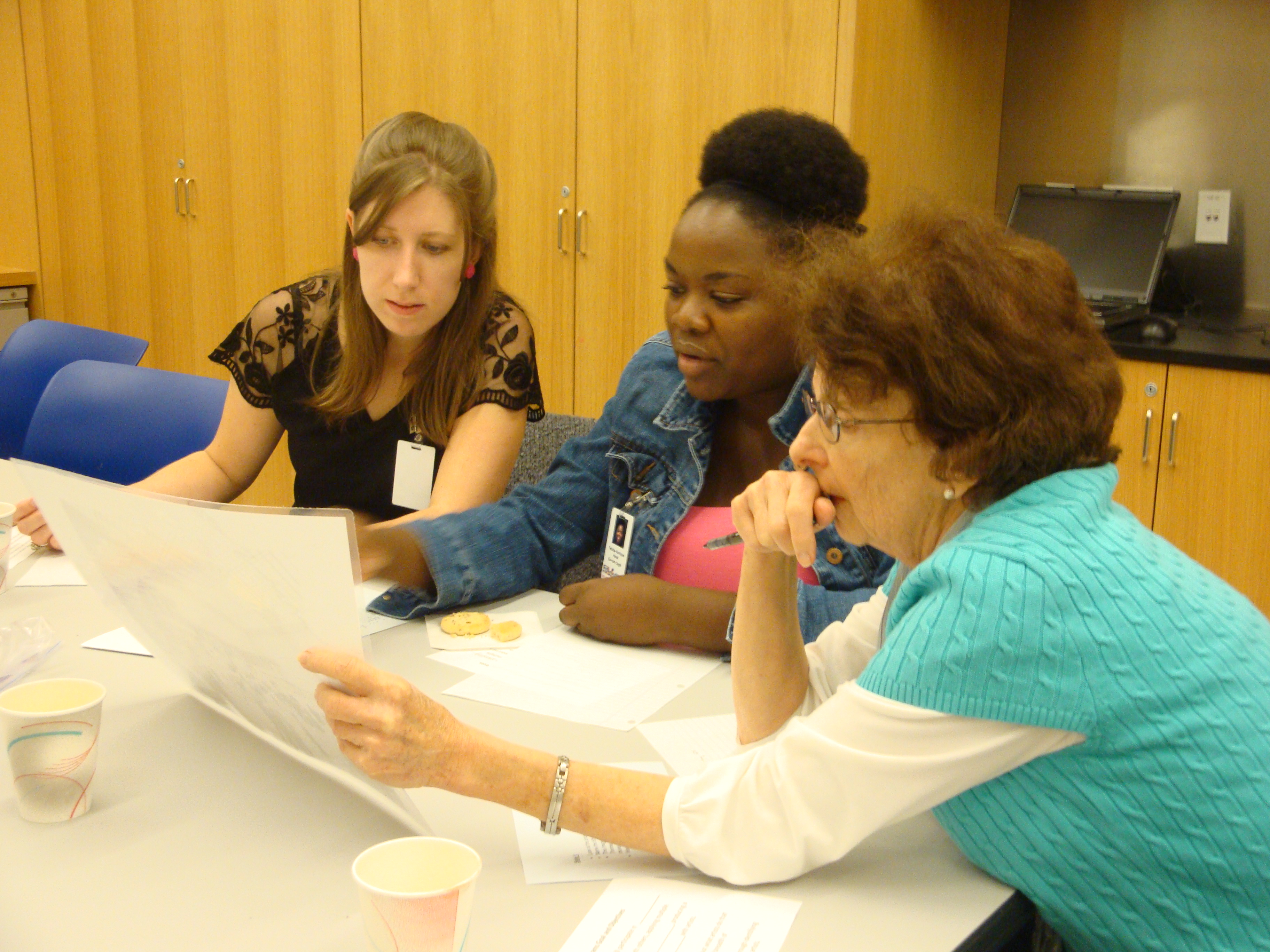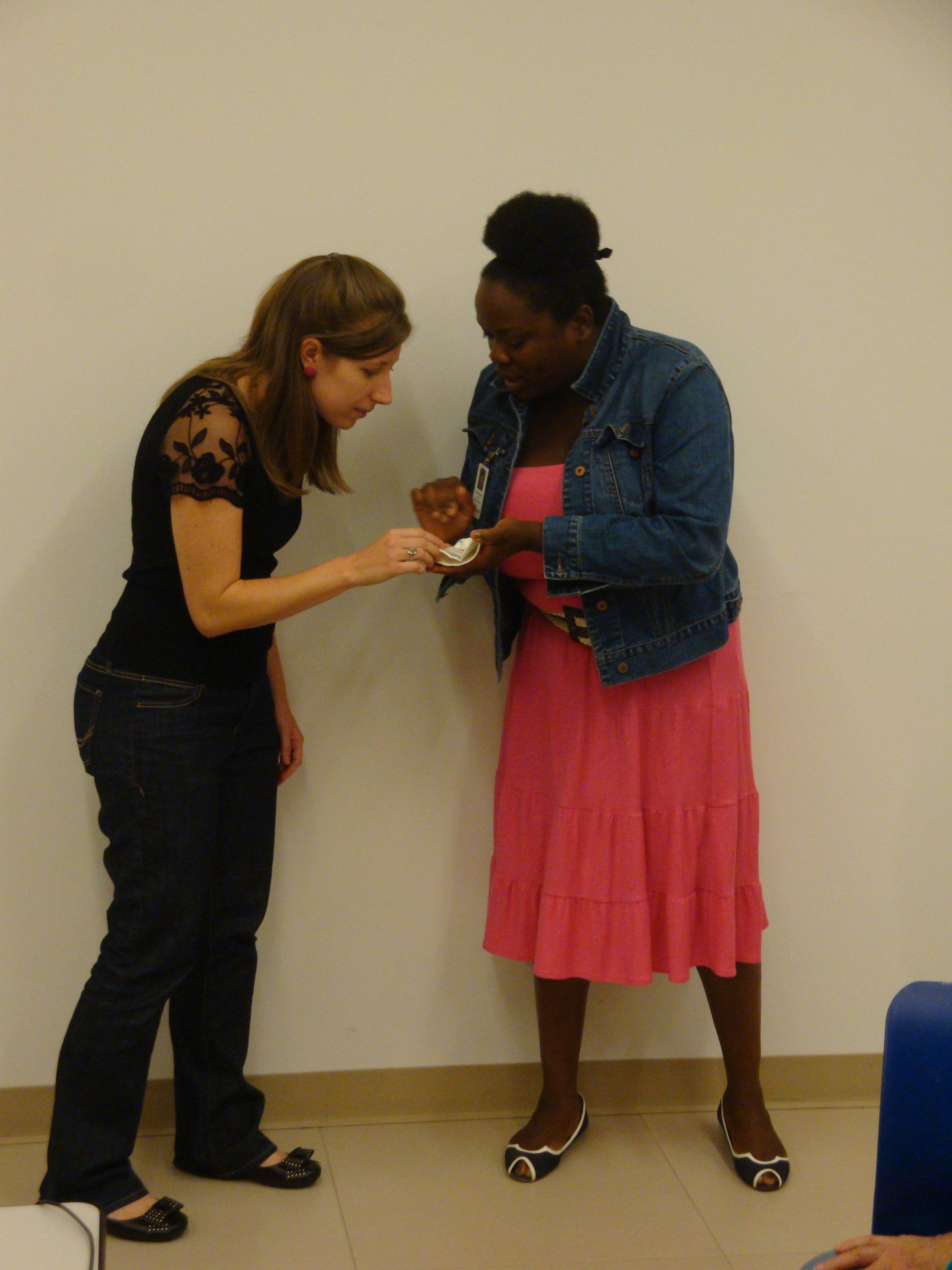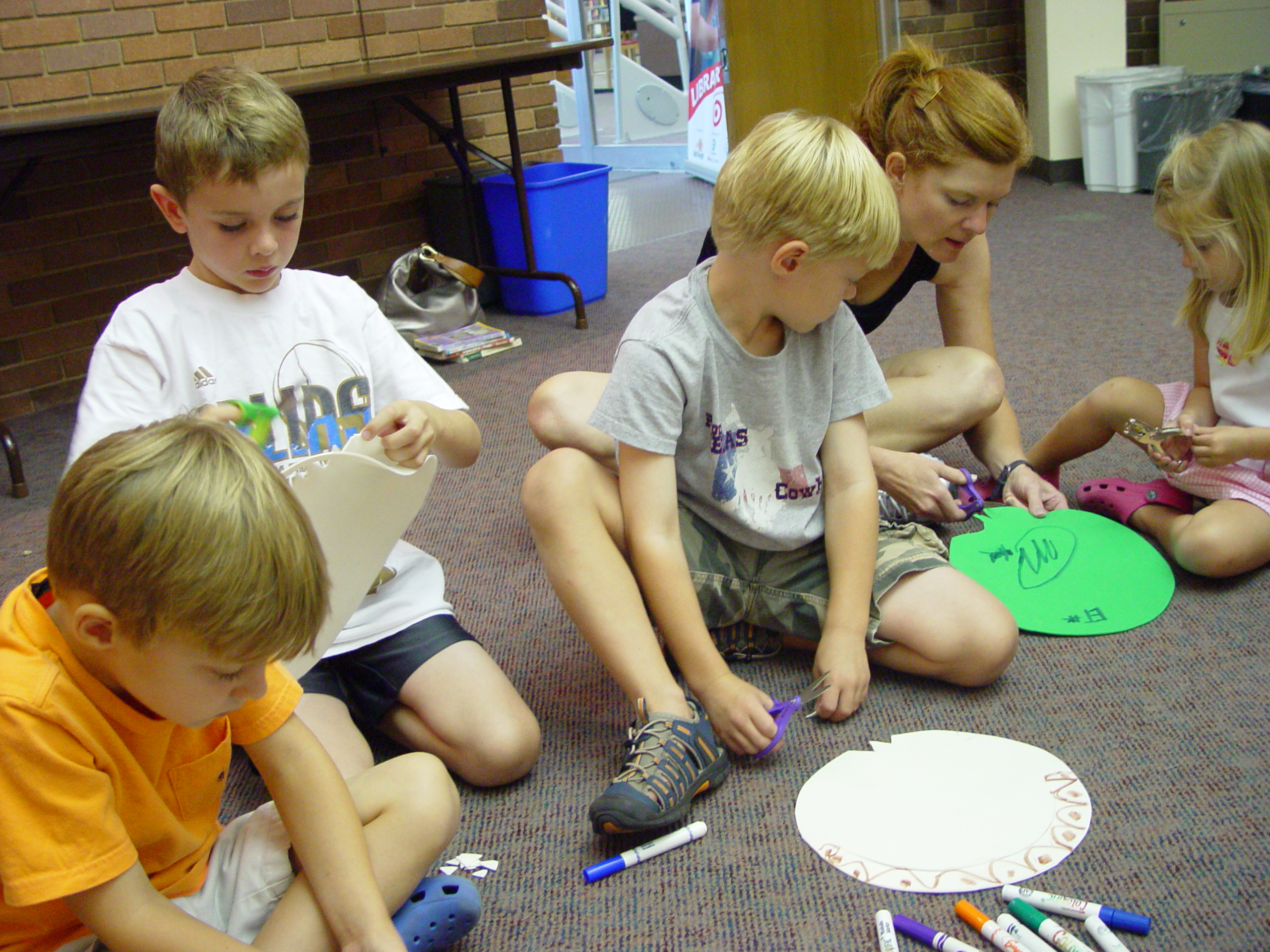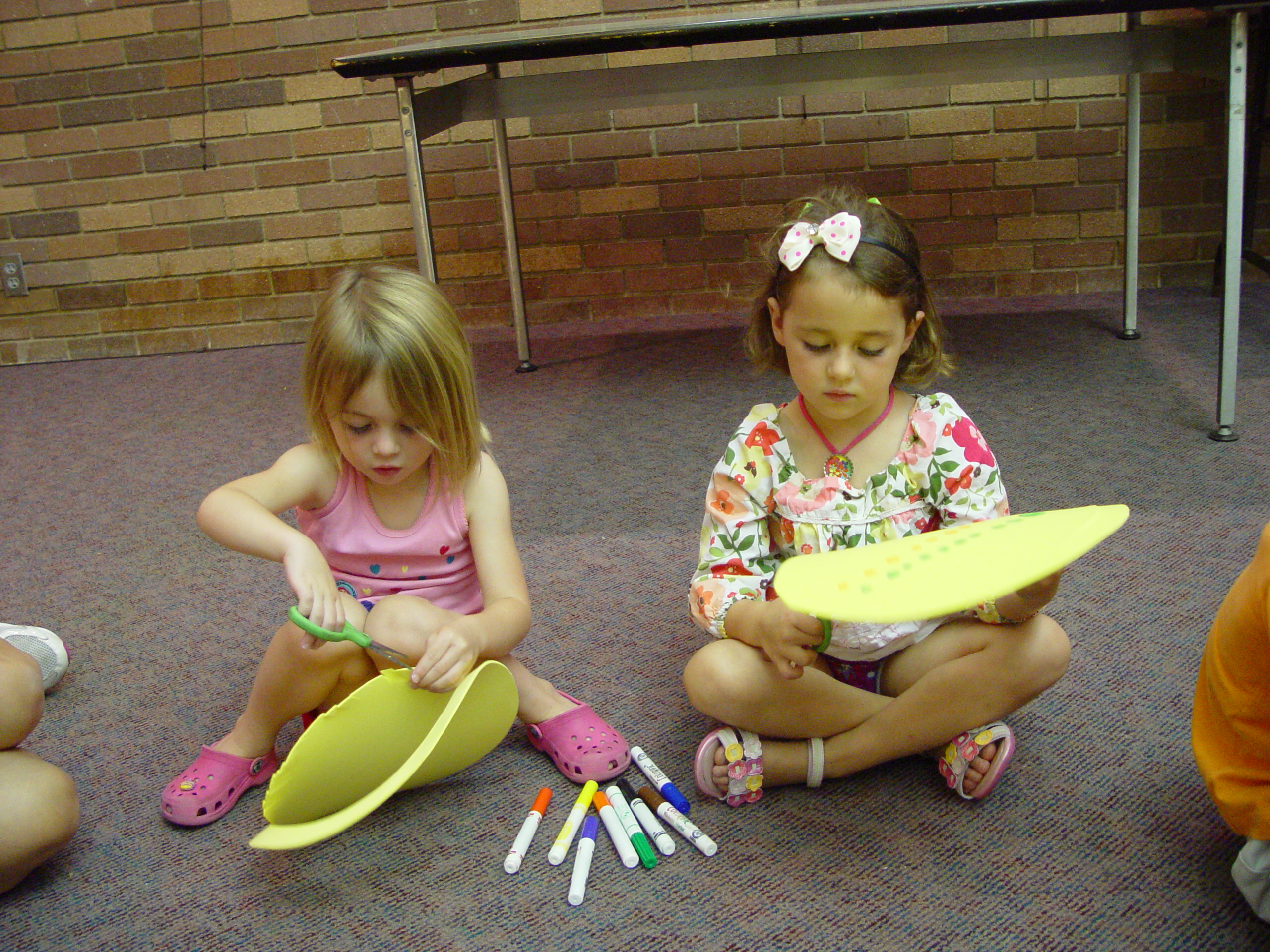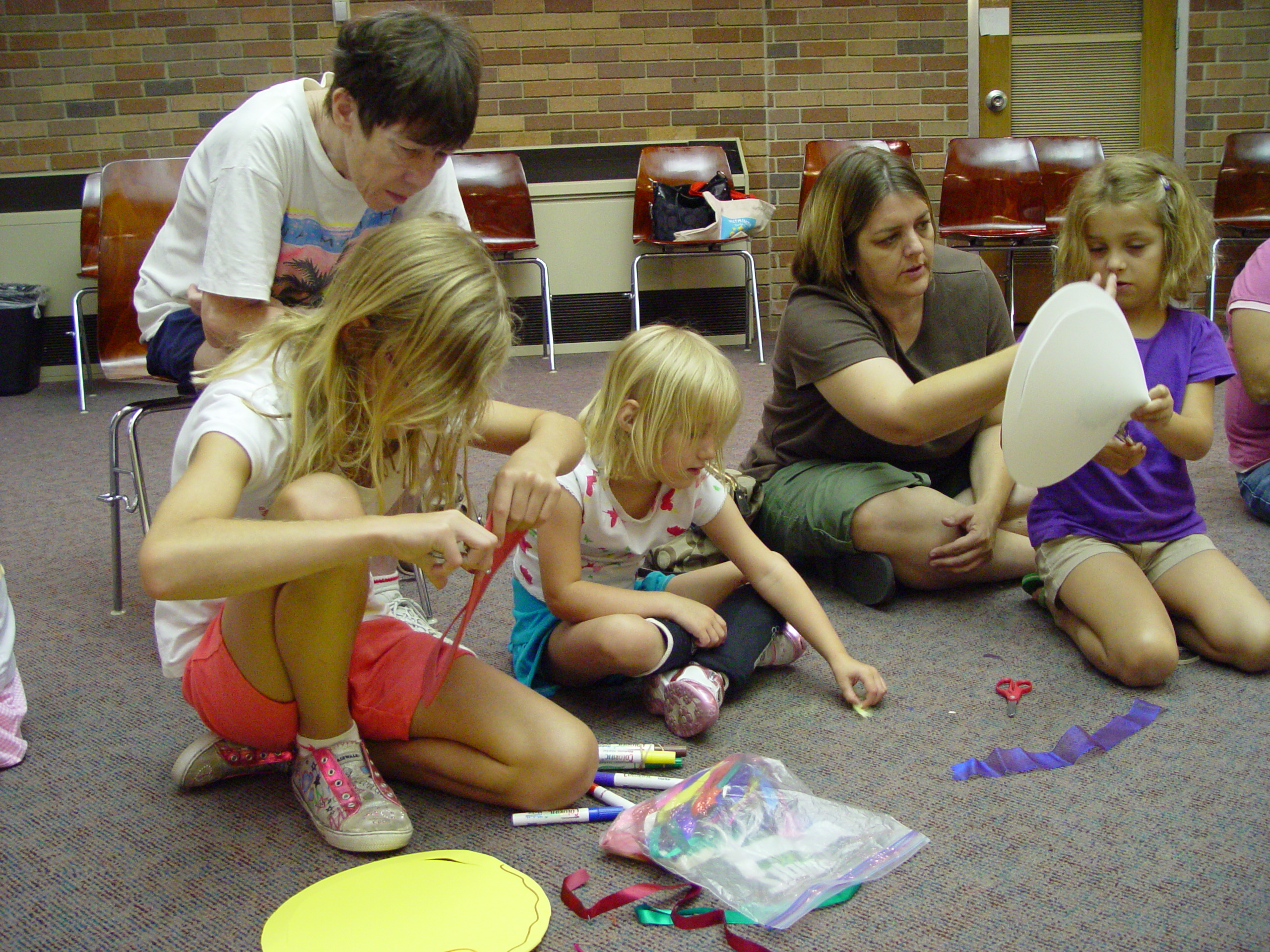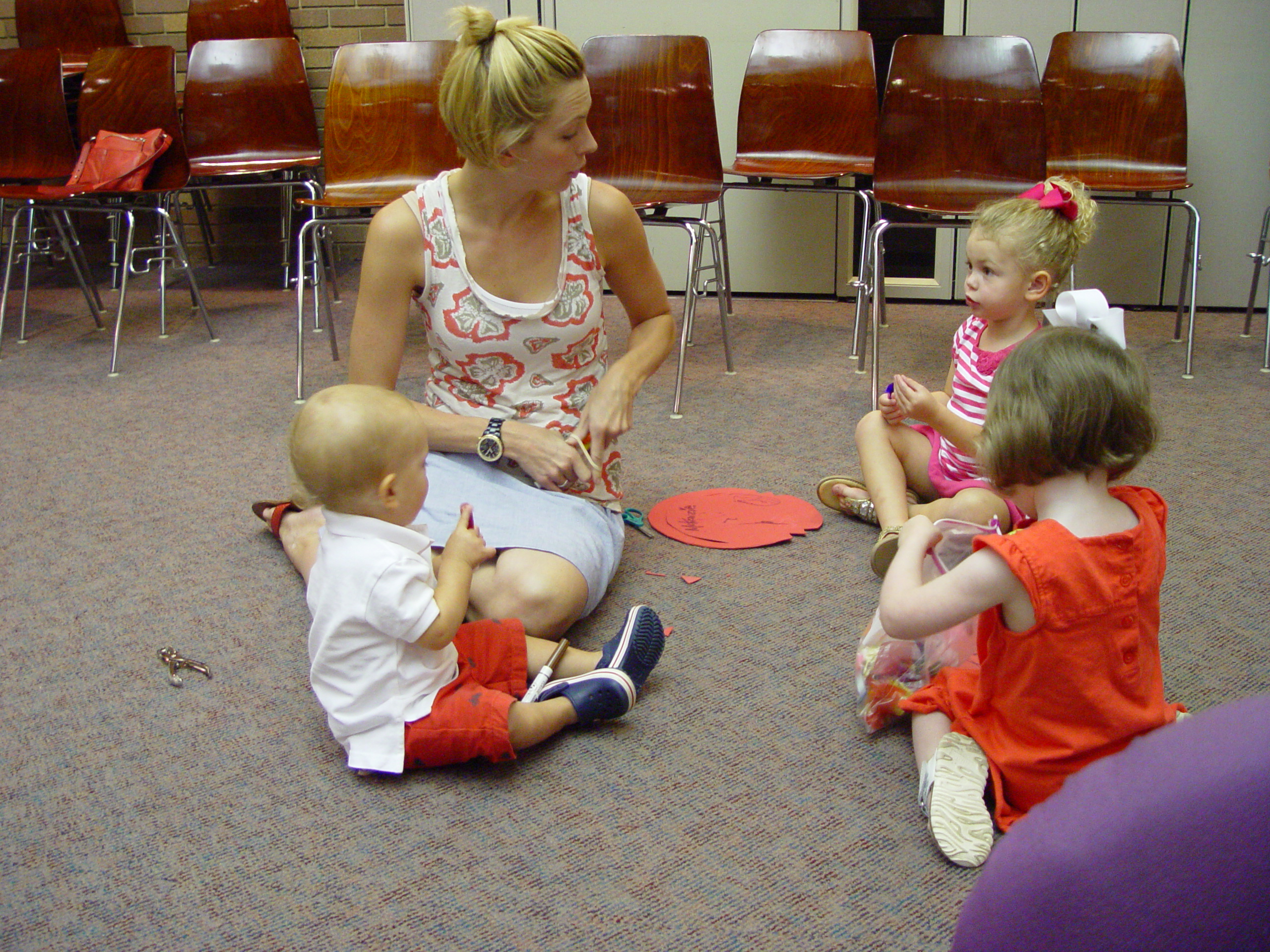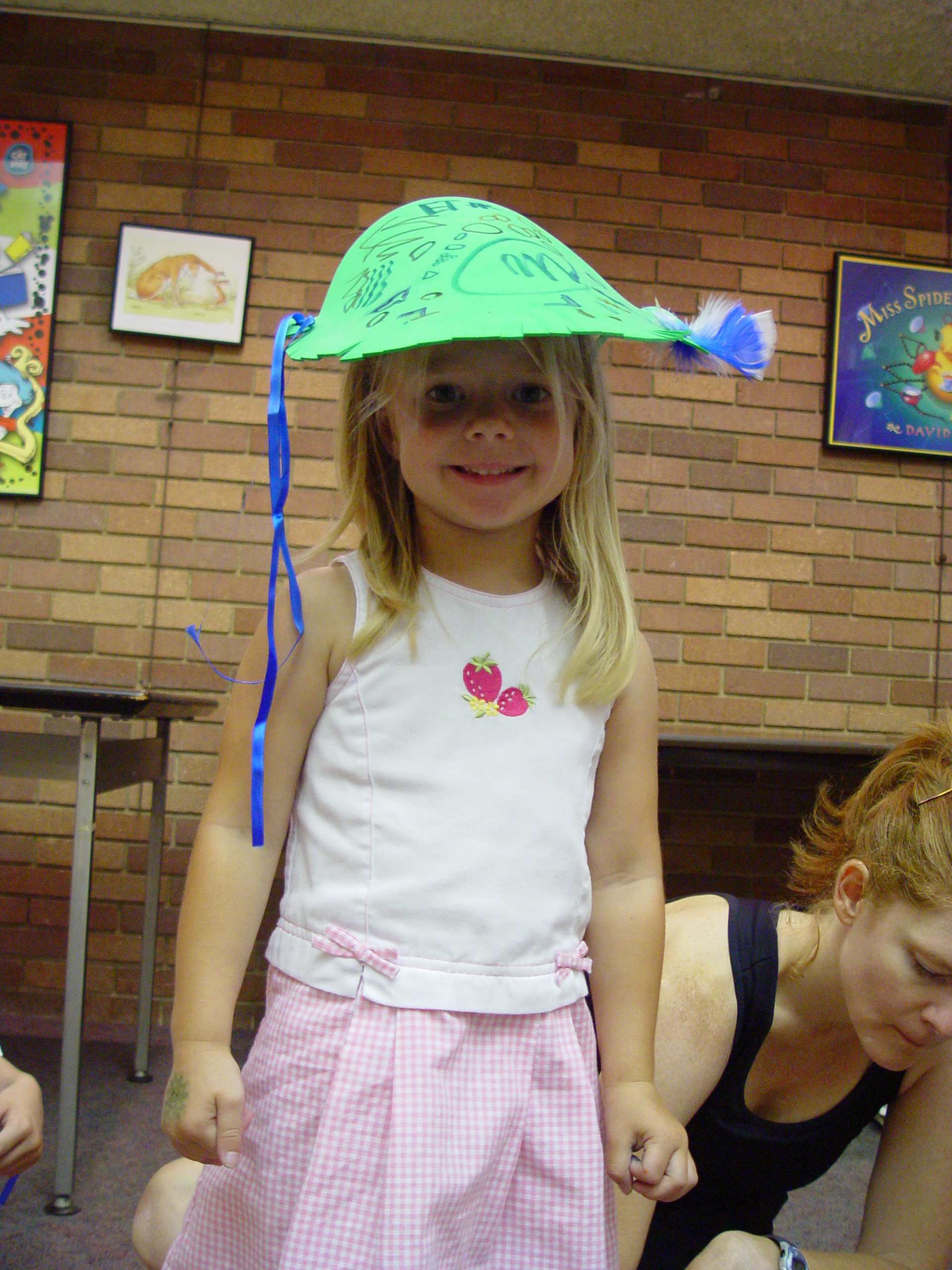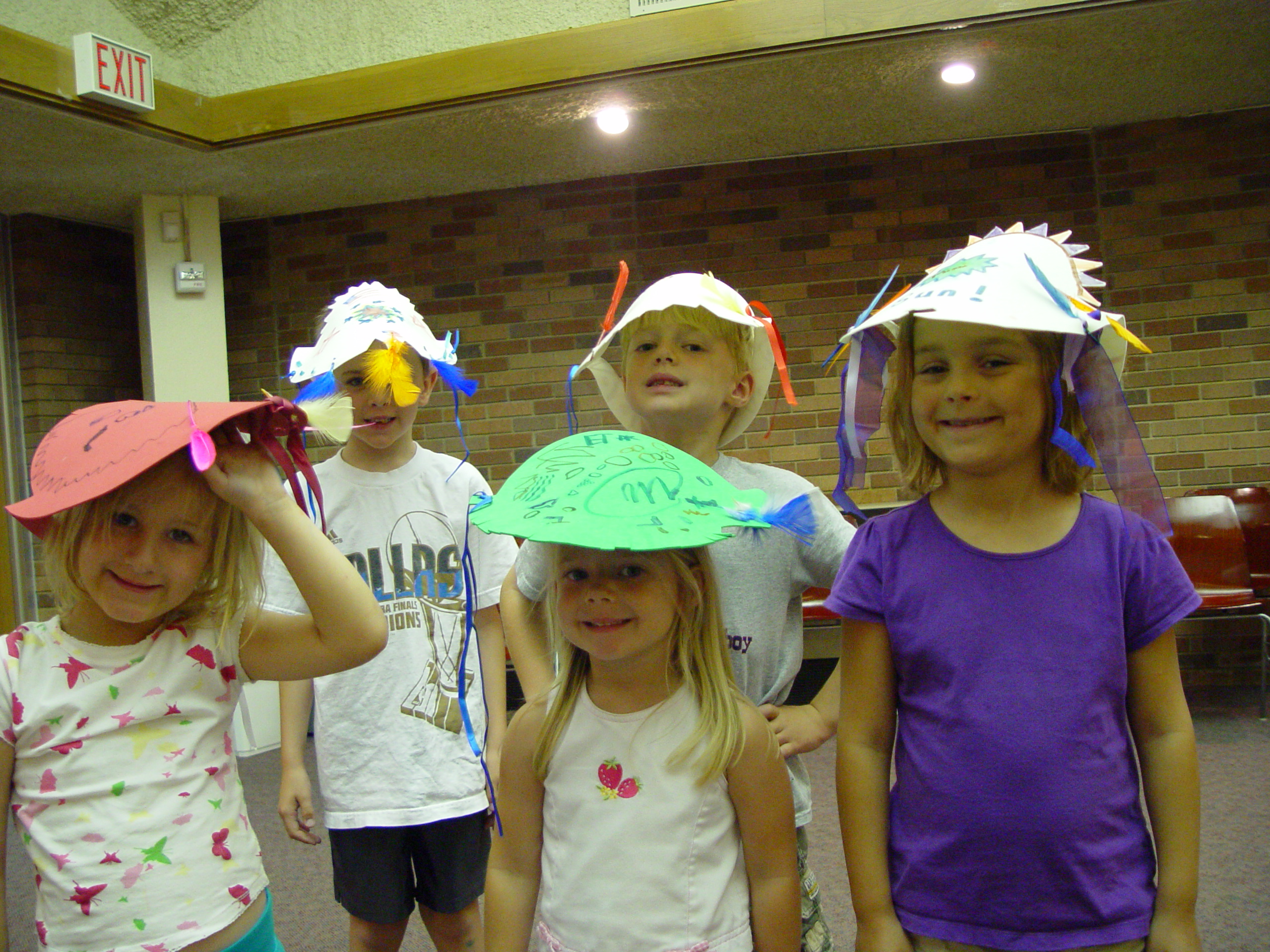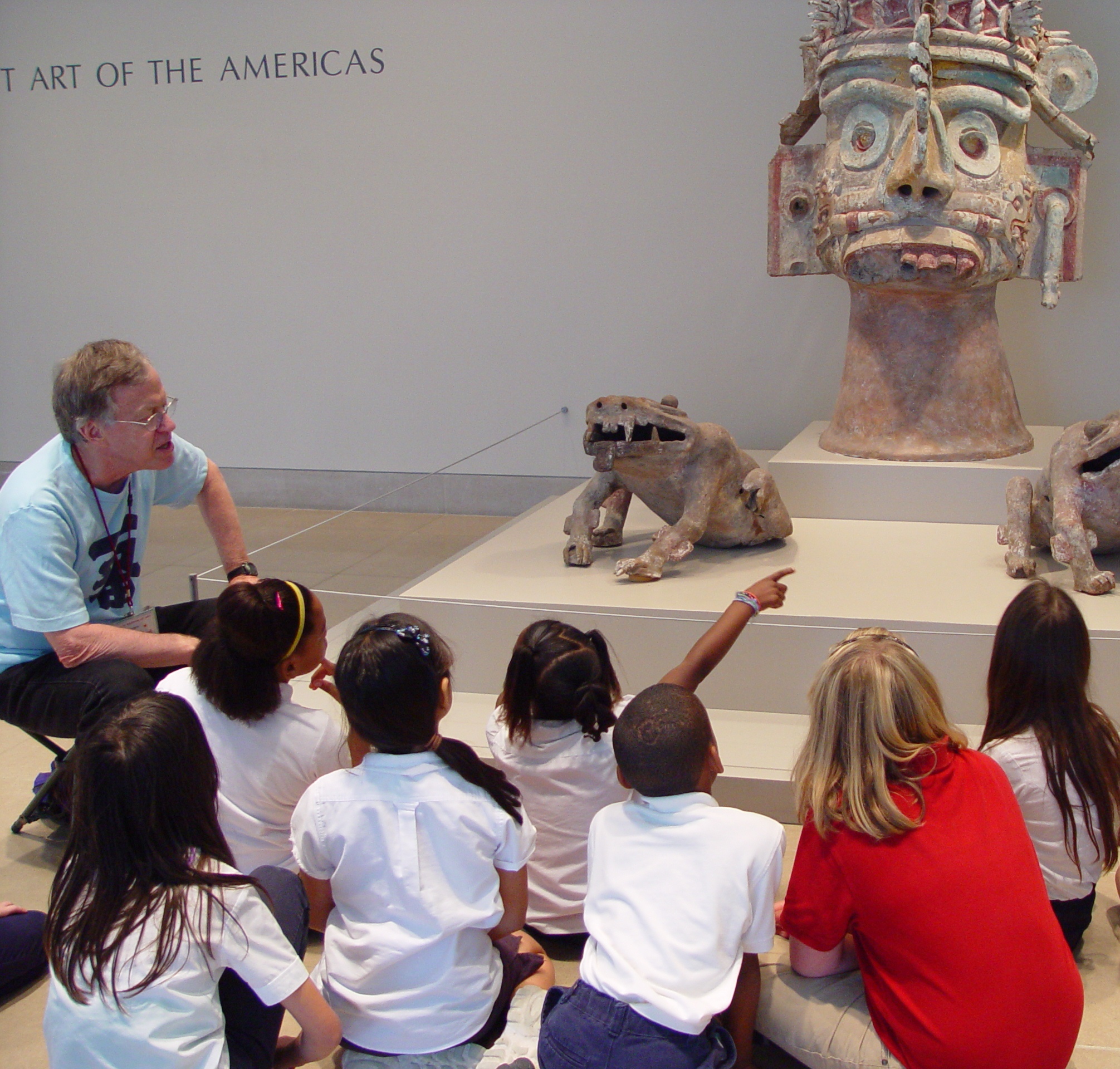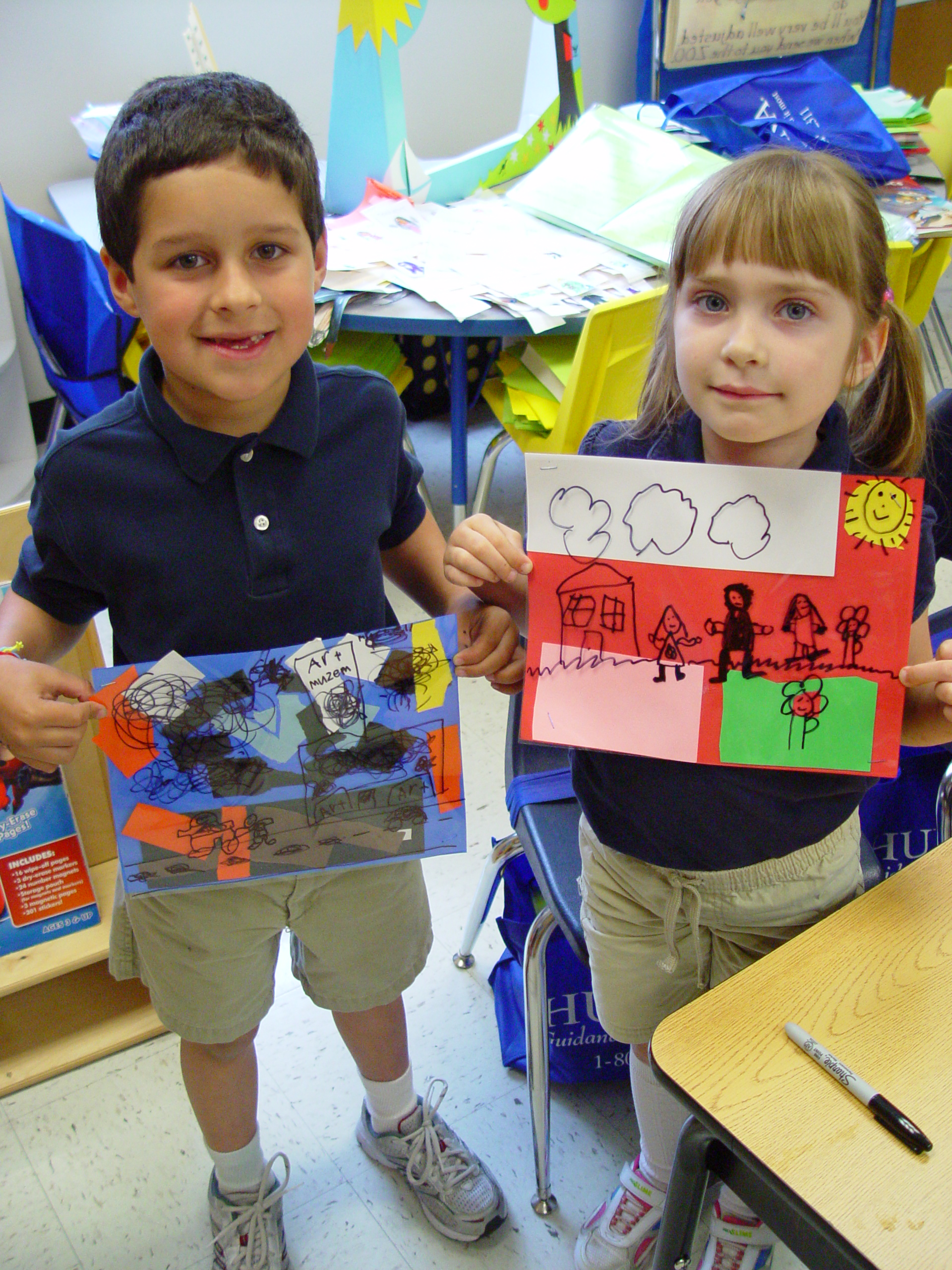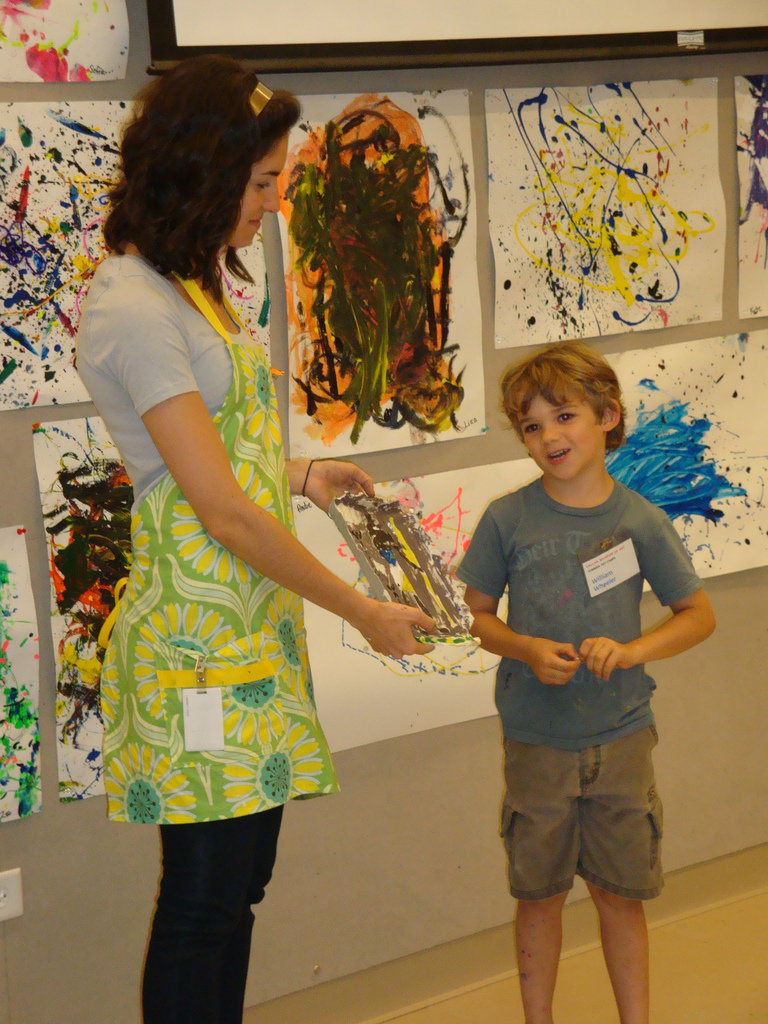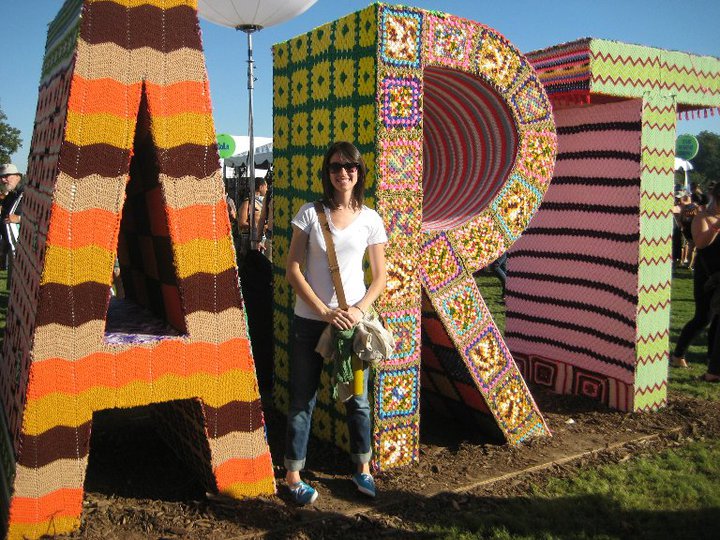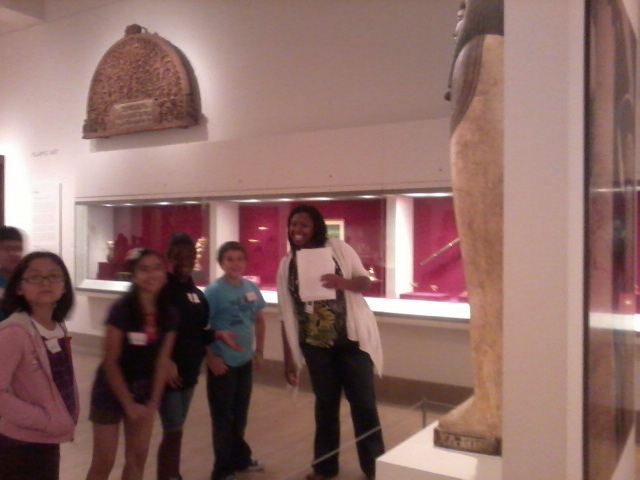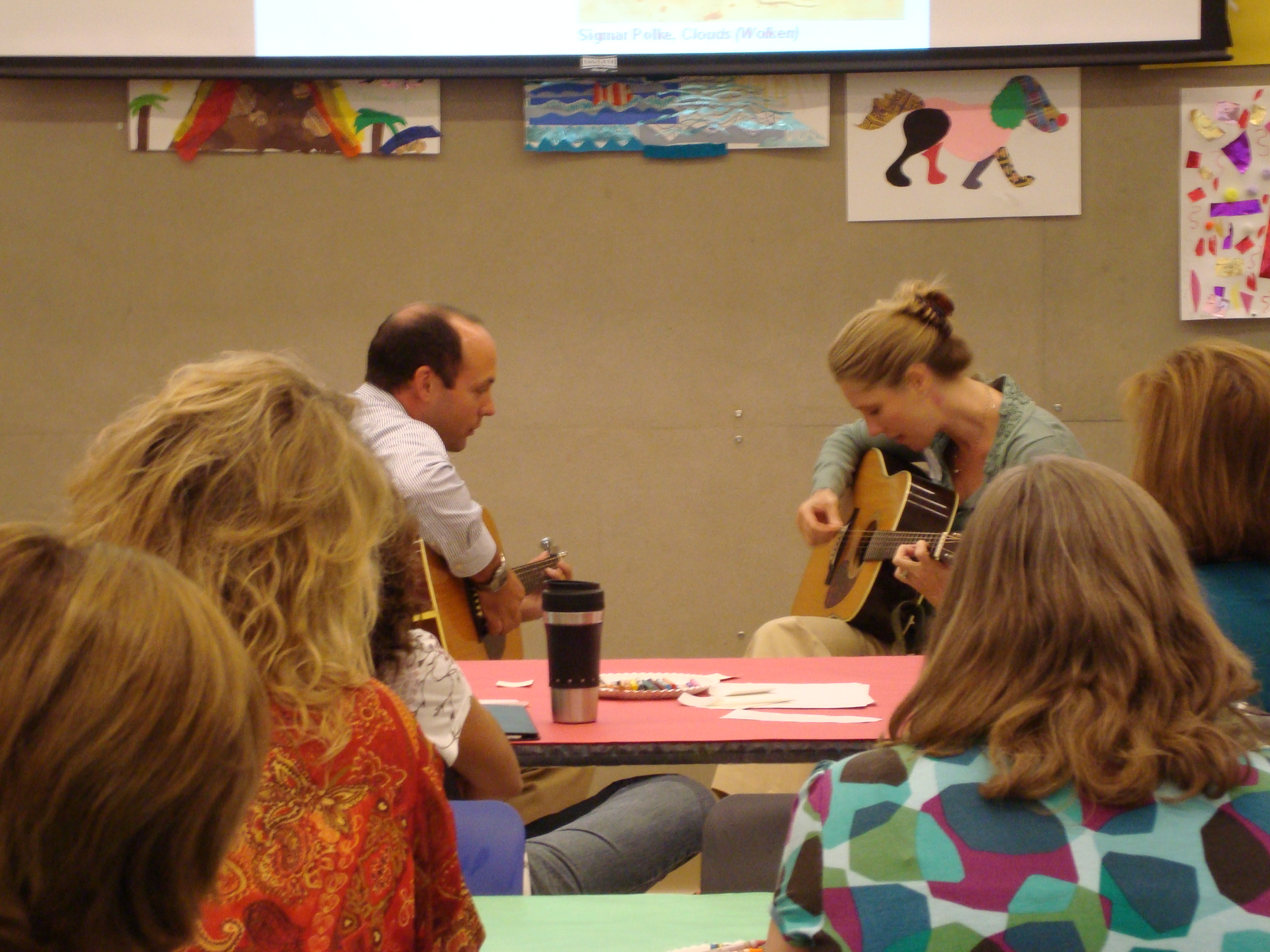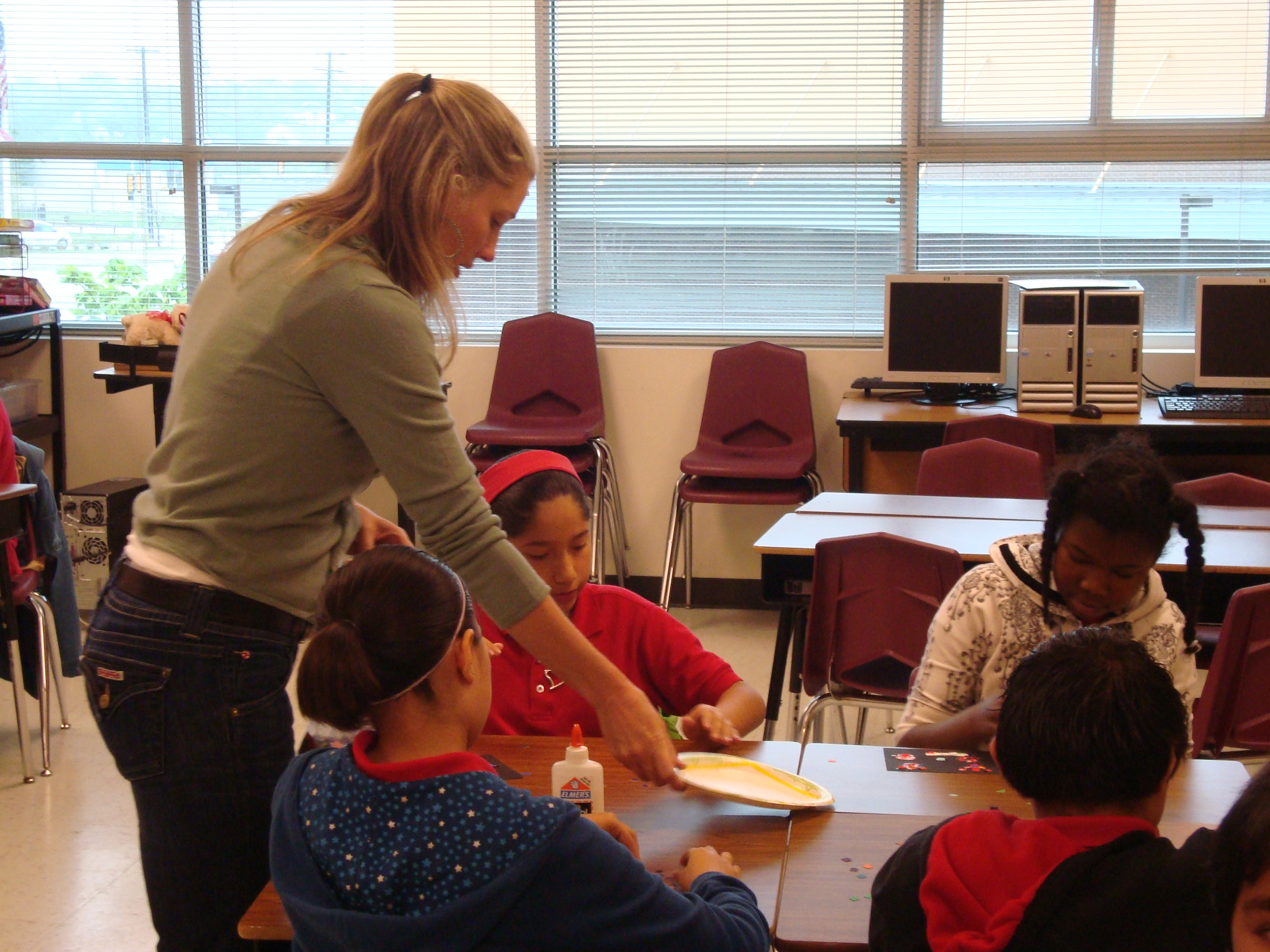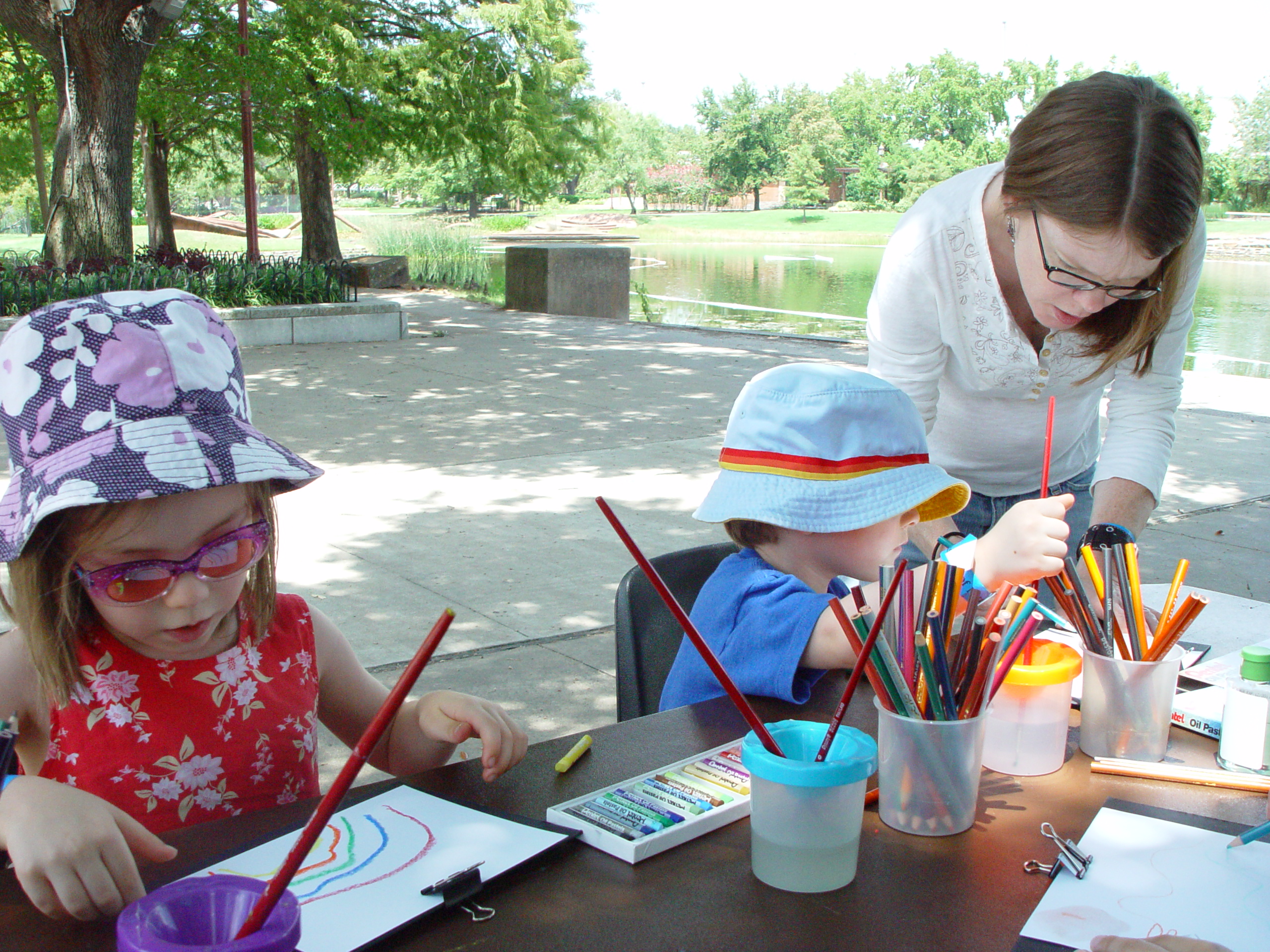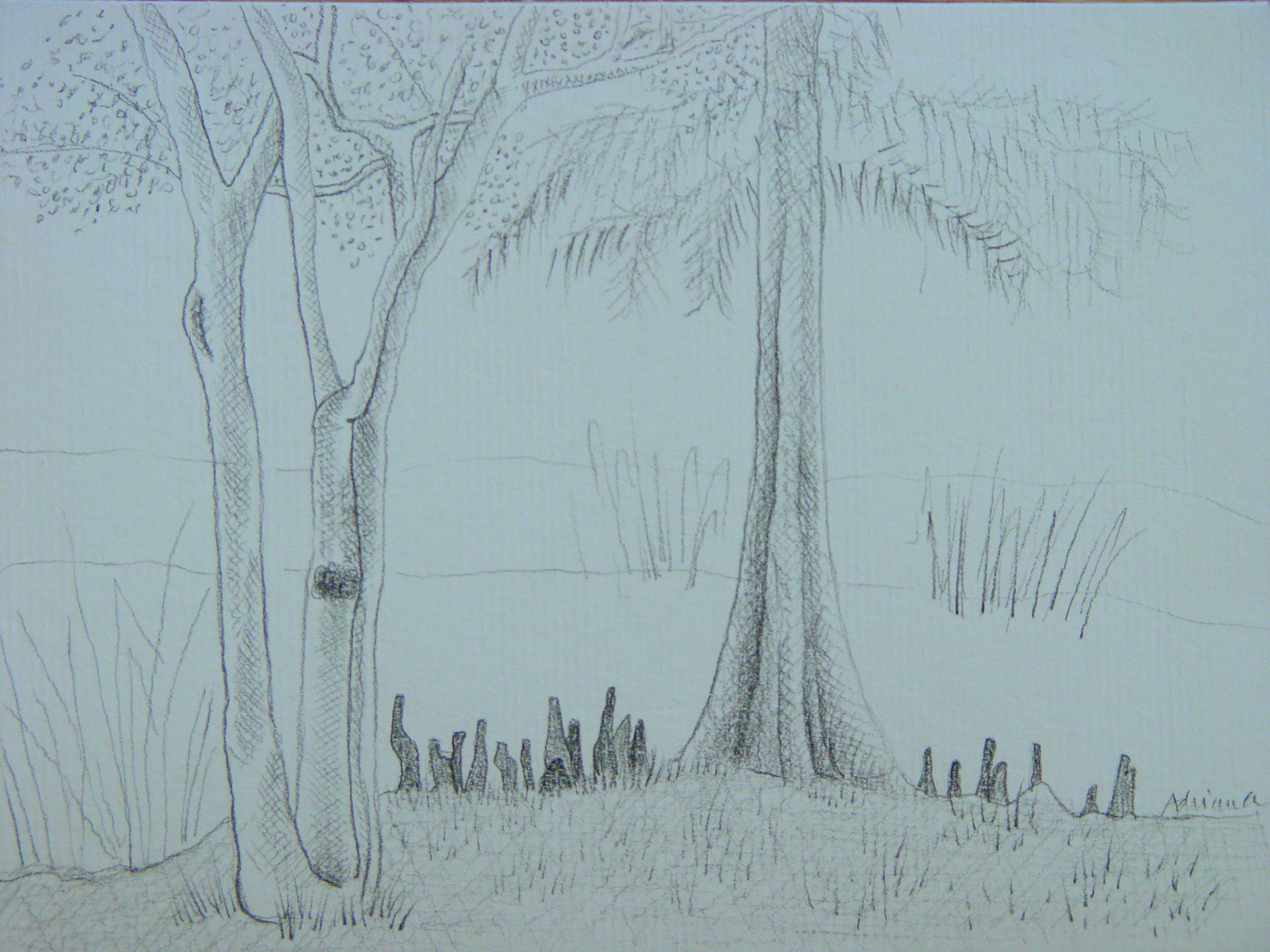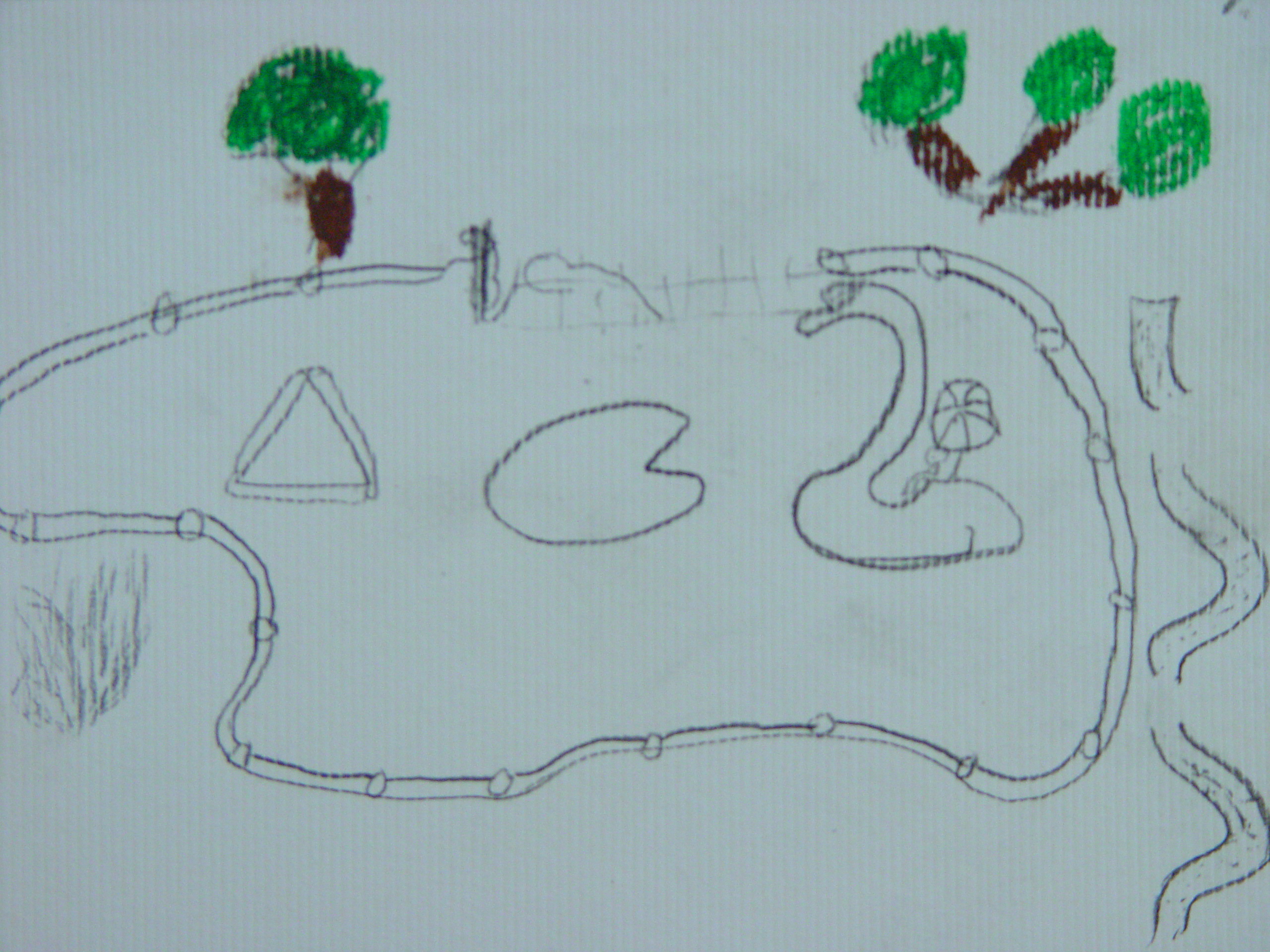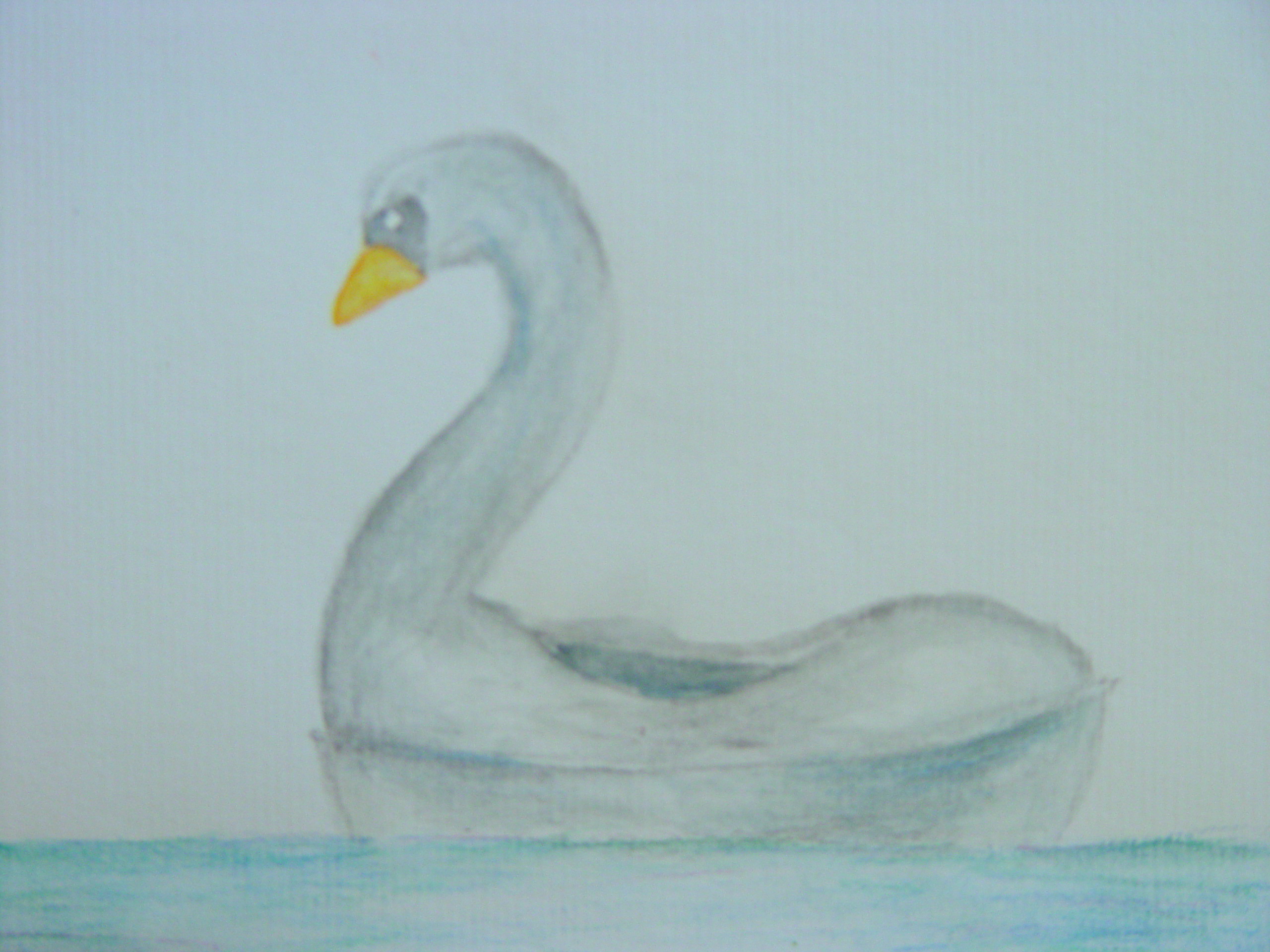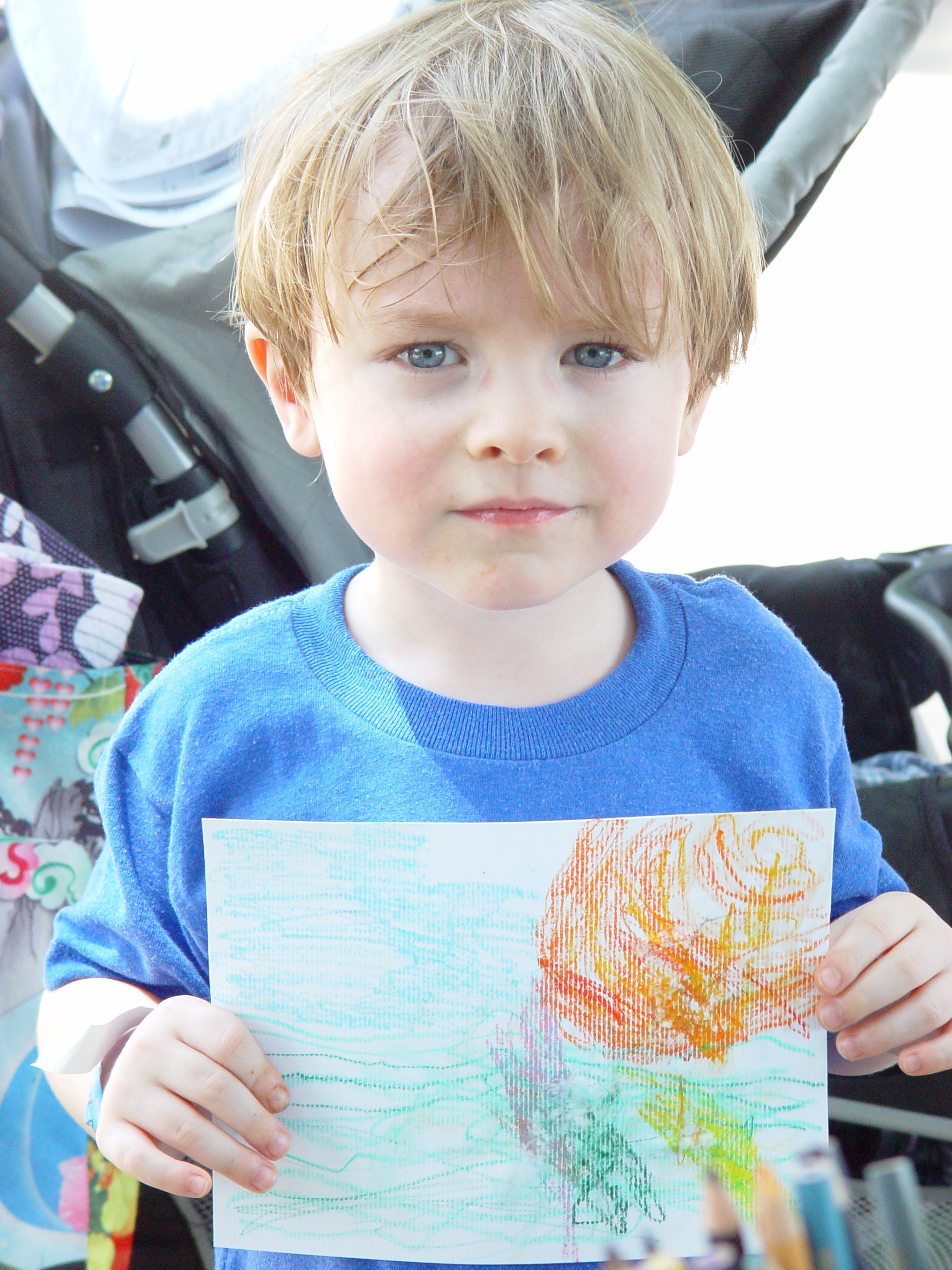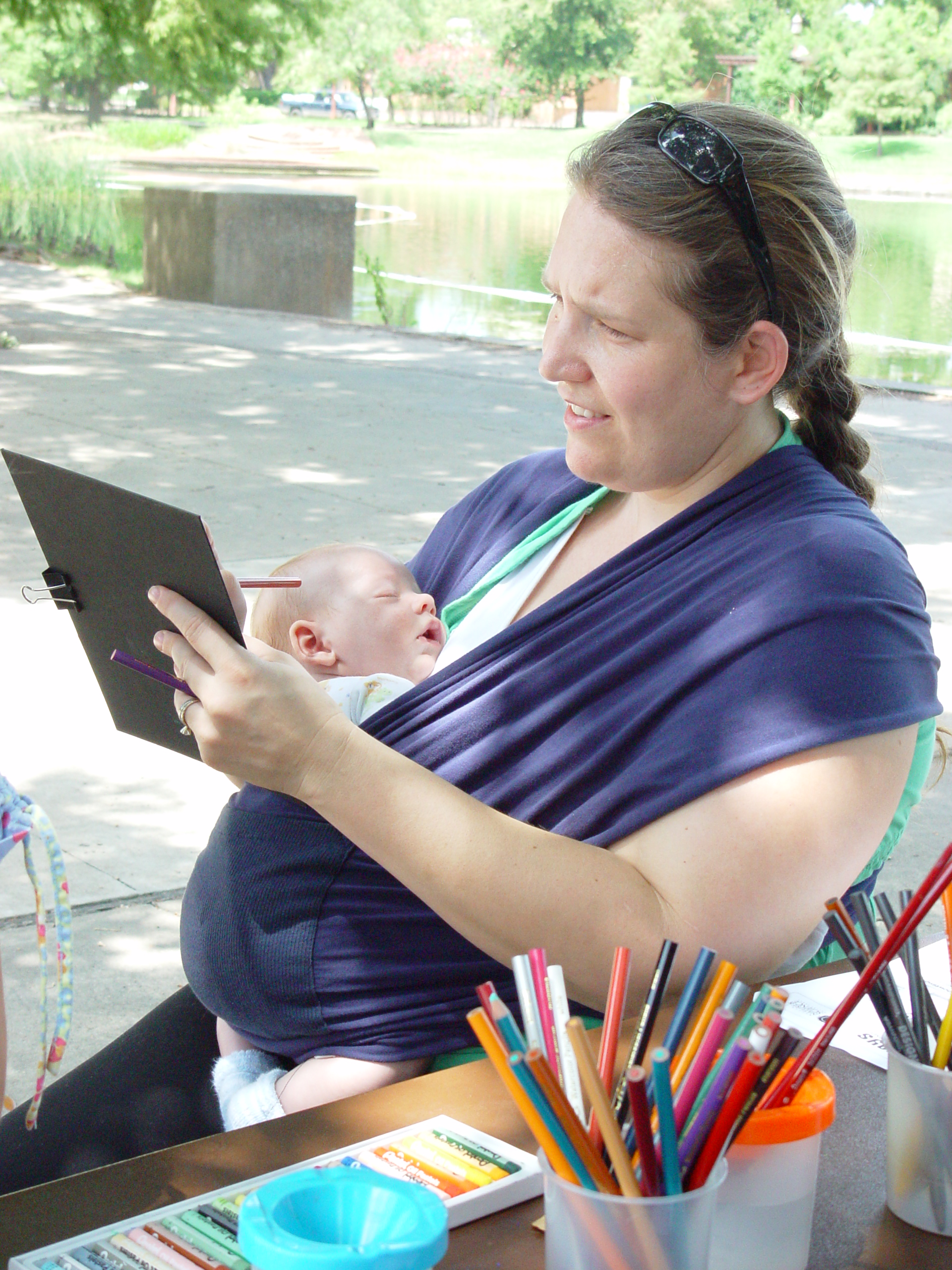But you don’t have to take it from us that volunteering with Go van Gogh is a wonderful experience. Kari Laehr, who just completed her first year as a volunteer, recently shared this with us:
“Working with the Dallas Museum of Art’s Go van Gogh Outreach Program has been a great pleasure. Every program that I have taught has been not only exciting for the students, but for me as well. There is something extremely special about sharing my passion for art with youngsters, and I consider it a great honor to represent the museum in this way. I was very nervous during my first teaching session; however, having that one “light bulb” moment with a student during the art-making process makes everything worthwhile in the end. In fact, I have heard numerous times in my class, “This is the best day ever! When are you coming back?” I feel that what I am doing with the Go van Gogh Program is making an impact in Dallas classrooms and would highly recommend this experience to others.”
Do volunteers need to have teaching experience? No. Do they need to be art history experts? Not at all. The two primary requirements for our Go van Gogh volunteers are (1) an interest in sharing works of art with students in grades 1-6, and (2) a commitment to attend volunteer training at the Museum and present programs in Dallas schools during weekday mornings.
If you are interested in volunteering, please complete and return the volunteer application by Friday, August 5, 2011. Help us spread the word to any friends who may be interested as well. You can also contact me with questions about the programs at 214.922.1230 or MNelson@DallasMuseumofArt.org.
I look forward to hearing from you!
Melissa Nelson
Manager of Teaching in the Community
